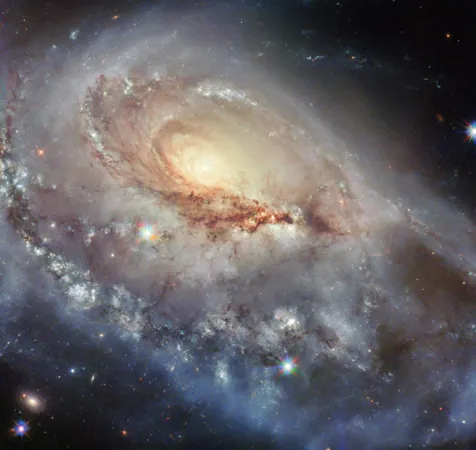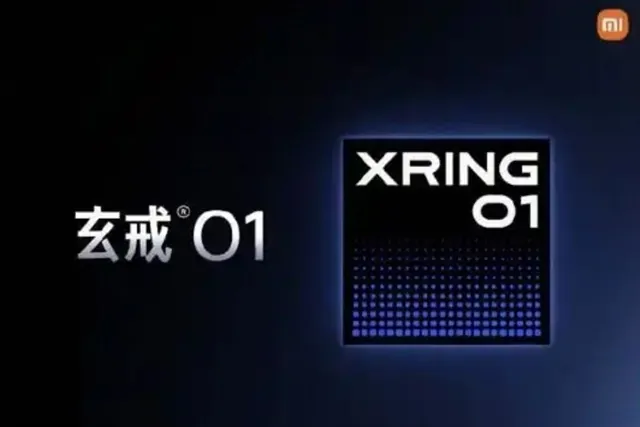
Hubble Unveils Breathtaking Image of Distorted Spiral Galaxy NGC 1961
2025-04-28
Author: Olivia
Prepare to be amazed! The Hubble Space Telescope has once again captured a mesmerizing image of the majestic spiral galaxy NGC 1961, prompting astronomers and space enthusiasts alike to marvel at its beauty.
Located roughly 190 million light-years away in the constellation of Camelopardalis, NGC 1961 isn't just any galaxy—it's a colossal wonder, spanning an astonishing 240,000 light-years, making it the largest member of a group of ten nearby galaxies.
Discovered way back on December 3, 1788, by the renowned astronomer William Herschel, NGC 1961 has a rich history, having also caught the eye of French astronomer Guillaume Bigourdan in 1891, who later included it in the Index Catalogue as IC 2133.
A Distorted Beauty: What Makes NGC 1961 Unique?
This majestic galaxy is classified as Arp 184, a designation that hints at its peculiar structure. Named after Halton Arp's 1966 Atlas of Peculiar Galaxies, NGC 1961 features a distinctive star-studded spiral arm that appears to reach out towards observers, giving it a somewhat distorted appearance.
According to the Hubble team, "The far side of the galaxy exhibits wisps of gas and stars but lacks a prominent spiral arm, making its striking features even more apparent." NGC 1961 stands as a remarkable example of galactic interaction, as many galaxies in the Atlas showcase unusual shapes due to their engagement with neighboring celestial bodies.
Cutting-Edge Imaging Technology at Work!
The latest stunning visuals of NGC 1961 were captured using Hubble's Advanced Camera for Surveys and its Wide Field Camera 3, blending optical and near-infrared observations for a rich, multi-dimensional view. These images stem from various Snapshot observing programs strategically designed to probe the cosmos during brief windows between other scientific proposals.
One special program focused on Arp 184 due to its peculiar charm, surveying galaxies that boast unusual features alongside monitoring the aftermaths of fleeting astronomical phenomena such as supernovae and tidal disruptions caused by supermassive black holes.
Hubble's revelations about NGC 1961 are not just visually stunning; they also provide critical insights into the dynamic processes that drive galaxy formation and evolution. Don't miss the chance to gaze at this cosmic spectacle!









 Brasil (PT)
Brasil (PT)
 Canada (EN)
Canada (EN)
 Chile (ES)
Chile (ES)
 Česko (CS)
Česko (CS)
 대한민국 (KO)
대한민국 (KO)
 España (ES)
España (ES)
 France (FR)
France (FR)
 Hong Kong (EN)
Hong Kong (EN)
 Italia (IT)
Italia (IT)
 日本 (JA)
日本 (JA)
 Magyarország (HU)
Magyarország (HU)
 Norge (NO)
Norge (NO)
 Polska (PL)
Polska (PL)
 Schweiz (DE)
Schweiz (DE)
 Singapore (EN)
Singapore (EN)
 Sverige (SV)
Sverige (SV)
 Suomi (FI)
Suomi (FI)
 Türkiye (TR)
Türkiye (TR)
 الإمارات العربية المتحدة (AR)
الإمارات العربية المتحدة (AR)